Oferta Libros de Referencia
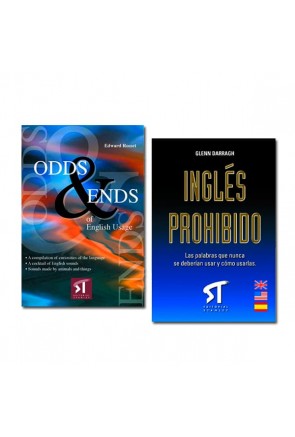
Oferta Libros de Referencia
Oferta por compra conjunta.
¡Consigue el 50% de descuento!
Al comprar este producto puede obtener hasta 1 punto de fidelidad. Su carrito totalizará 1 punto que se puede(n) transformar en un vale de descuento de 0,20 €.
- Sacar de mis favoritos
- Agregar este producto a mis favoritos
- Imprimir


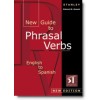
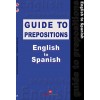
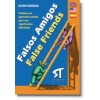



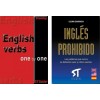
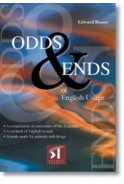
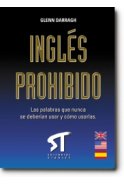


No hay comentarios de clientes por ahora.